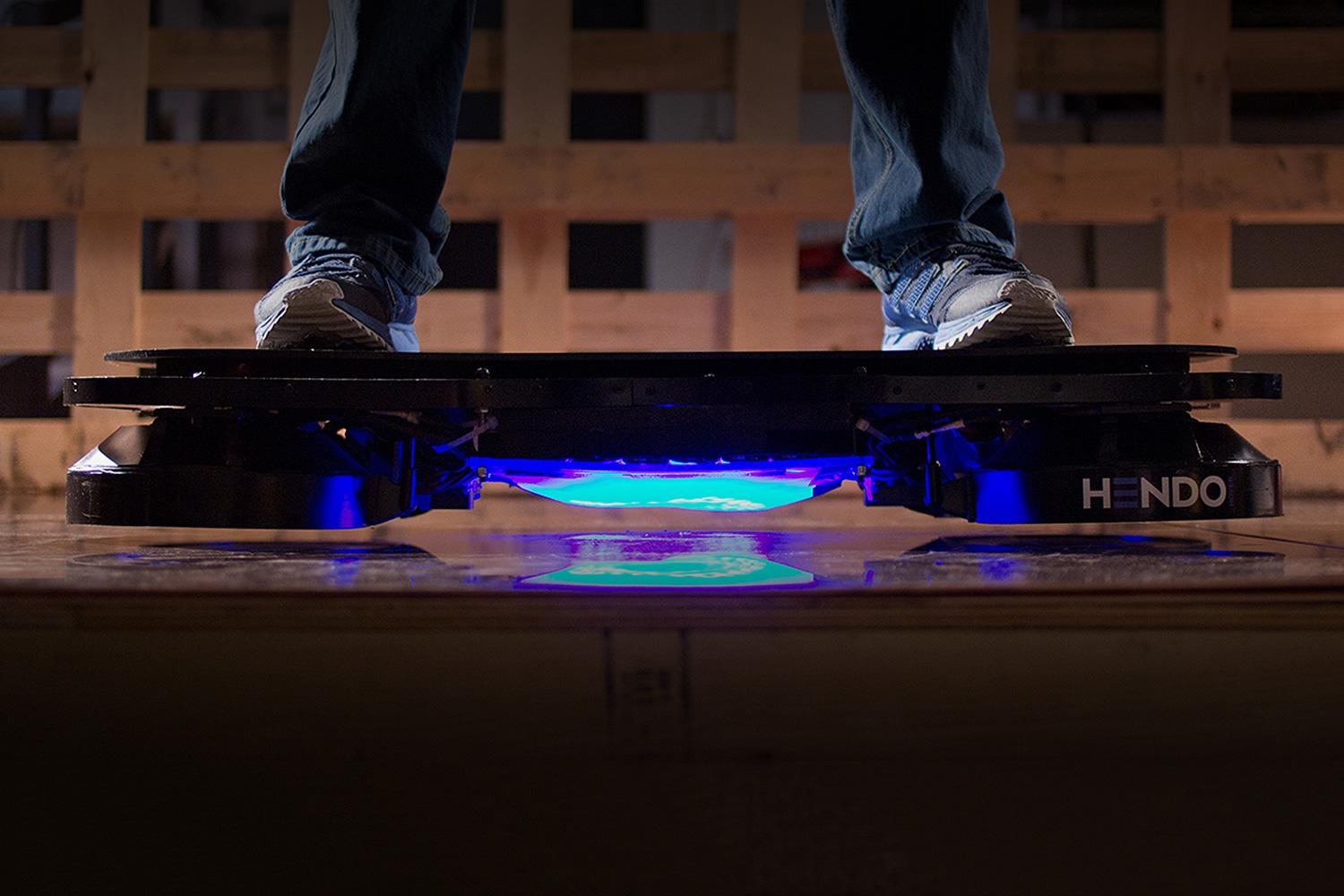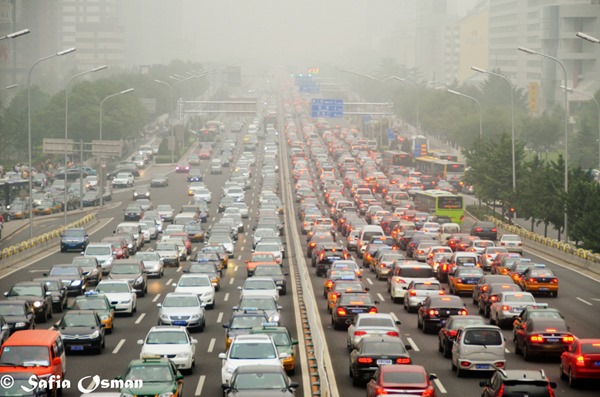This is the last blog, I dont know if I supposed to be happy or not, HAHA. Well anyway, introducing the final product, a finally comes true hoverboard, The Dasher. An eco friendly ride substituting petroleum fueled vehicles. Using a lightweight material, making it easy to bring everywhere. As well as the sleek and compact design, enabling the rider to glide in comfortably. The hoverboard comes in additional features such as safety handled, expandable part, and foldable wheel, complementing the whole looks and functions. The hoverboard is a part of a bigger system with special lanes and parking spaces. Here is only the rough sketches i already post on previous blog.
Here is some of the colored sketch of the hoverboard.
So the idea is to make a new system which consist the hoverboard as the main ride, then having its own lane because obviously hoverboard will not work above the normal ground. Then the special lane is located above MRT lane, like a flyover. Then because of the small size, it doesnt require a big space as well. Special drawers or cupboards will be provided for free at some area to store approximately 10-15 hoverboards per cupboard with thumb print censor making it more convenient and unlikely to be stolen. Or you can just sling it on your back since it is pretty lightweight. One of the additional feature also let the hoverboard have a foldable wheel that able to function like skateboard once it cruising on normal ground.


The concept of the hoverboard is basically using magnetic levitation, which created from two surfaces with the same magnetic polarity and ride one across the other. That way, they will generate a self-propelling motion, making the board hovering above the ground.

It also has advantages such as space saving, eco-friendly, no pollution, active transportation with very little effort, affordable price, minimize crashing accidents, suitable for youngsters and active office workers.
 The target markets of the hoverboard are the youngsters and active office workers who doesn't want to be trapped in countless hours traffic jams and public transportation crowds during peak hours. It may indirectly lessen the amount of cars on the road, but with more people using the new, special lane, less people will be using public transportations. People that previously thought it was inconvenient using public transportation because it was too crowded will find it convenient again and shift their transportation choices from private vehicles into public transportation. Besides, using public transportations are so much cheaper and easier rather than purchasing private vehicles.
The target markets of the hoverboard are the youngsters and active office workers who doesn't want to be trapped in countless hours traffic jams and public transportation crowds during peak hours. It may indirectly lessen the amount of cars on the road, but with more people using the new, special lane, less people will be using public transportations. People that previously thought it was inconvenient using public transportation because it was too crowded will find it convenient again and shift their transportation choices from private vehicles into public transportation. Besides, using public transportations are so much cheaper and easier rather than purchasing private vehicles.
At last, this is one of the alternatives to diminish the problem of too many vehicles and creating a new and better system for the future. So, what are you waiting for? GRAB YOURS NOW! ;)





































